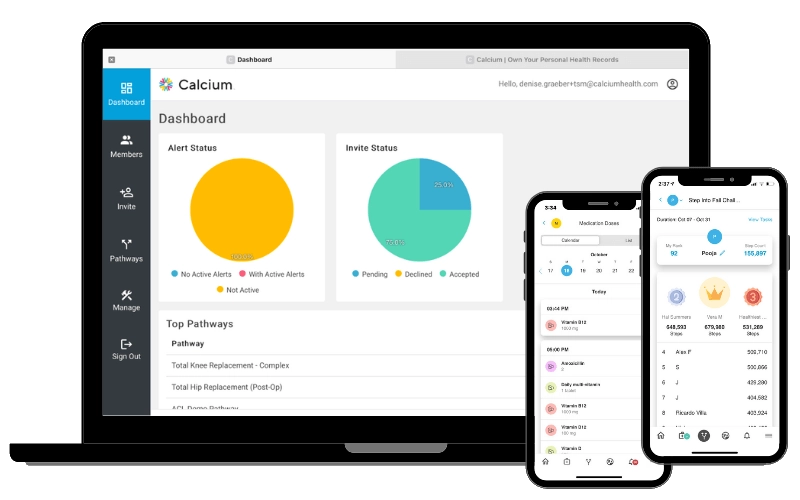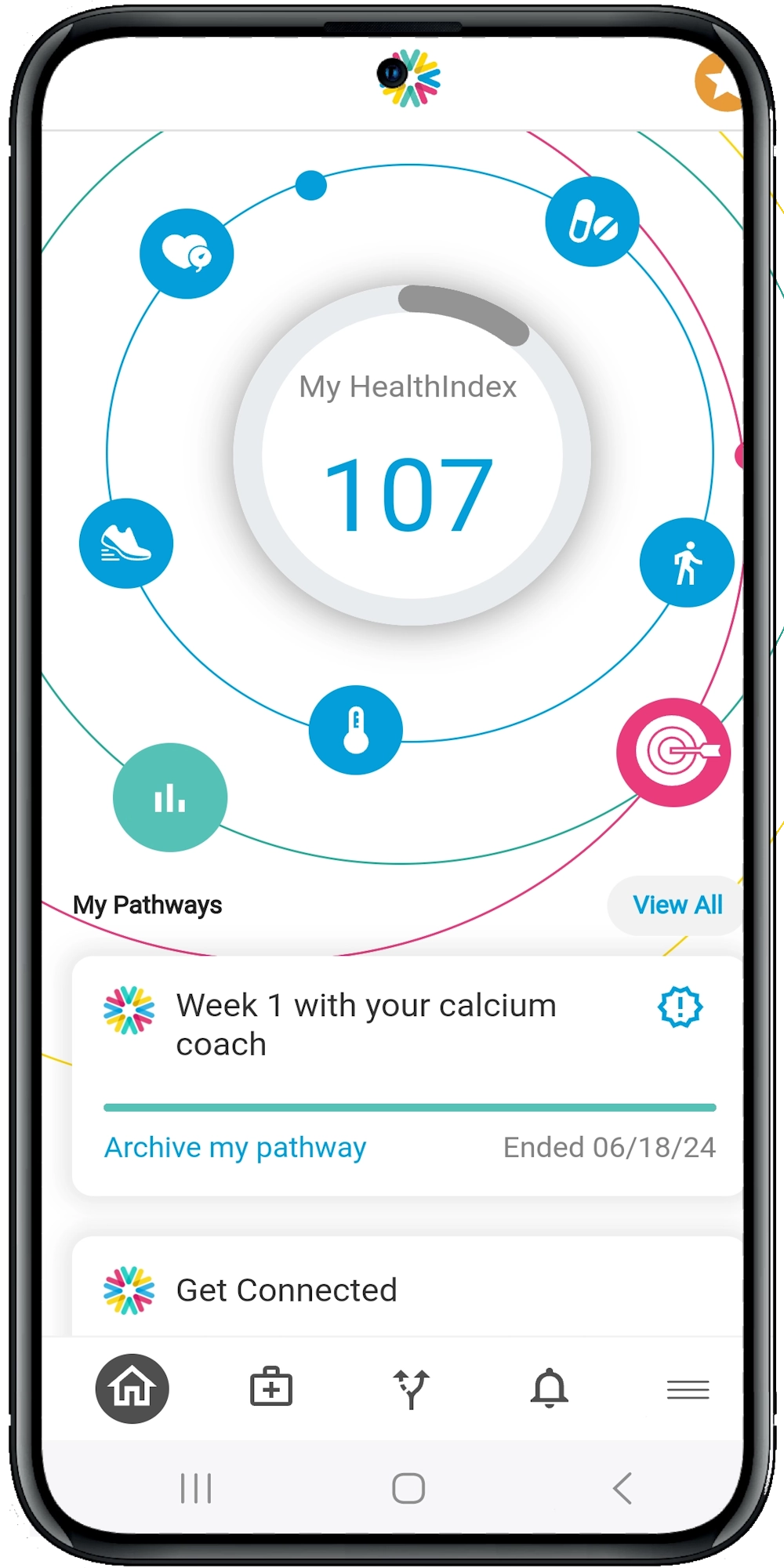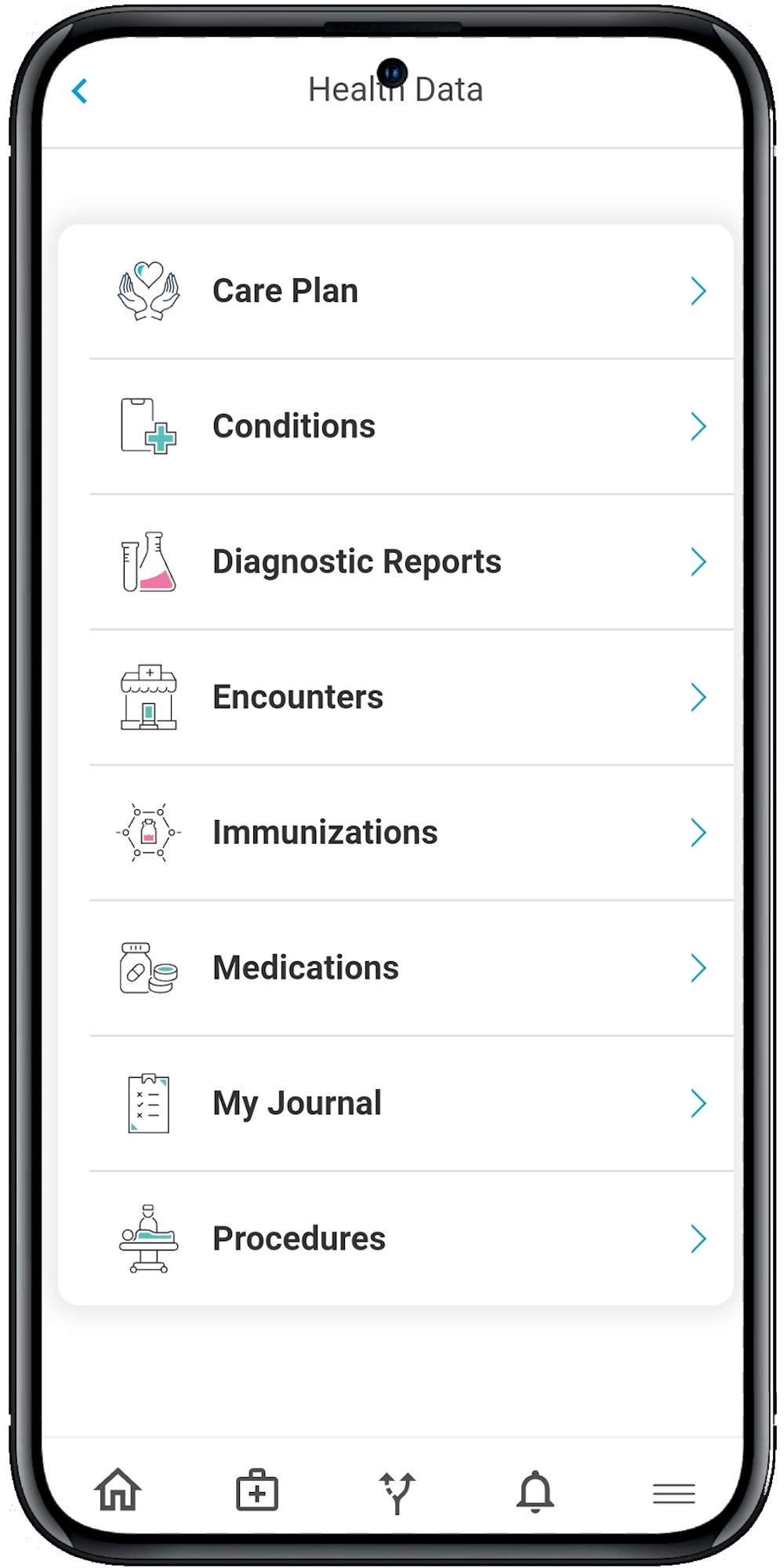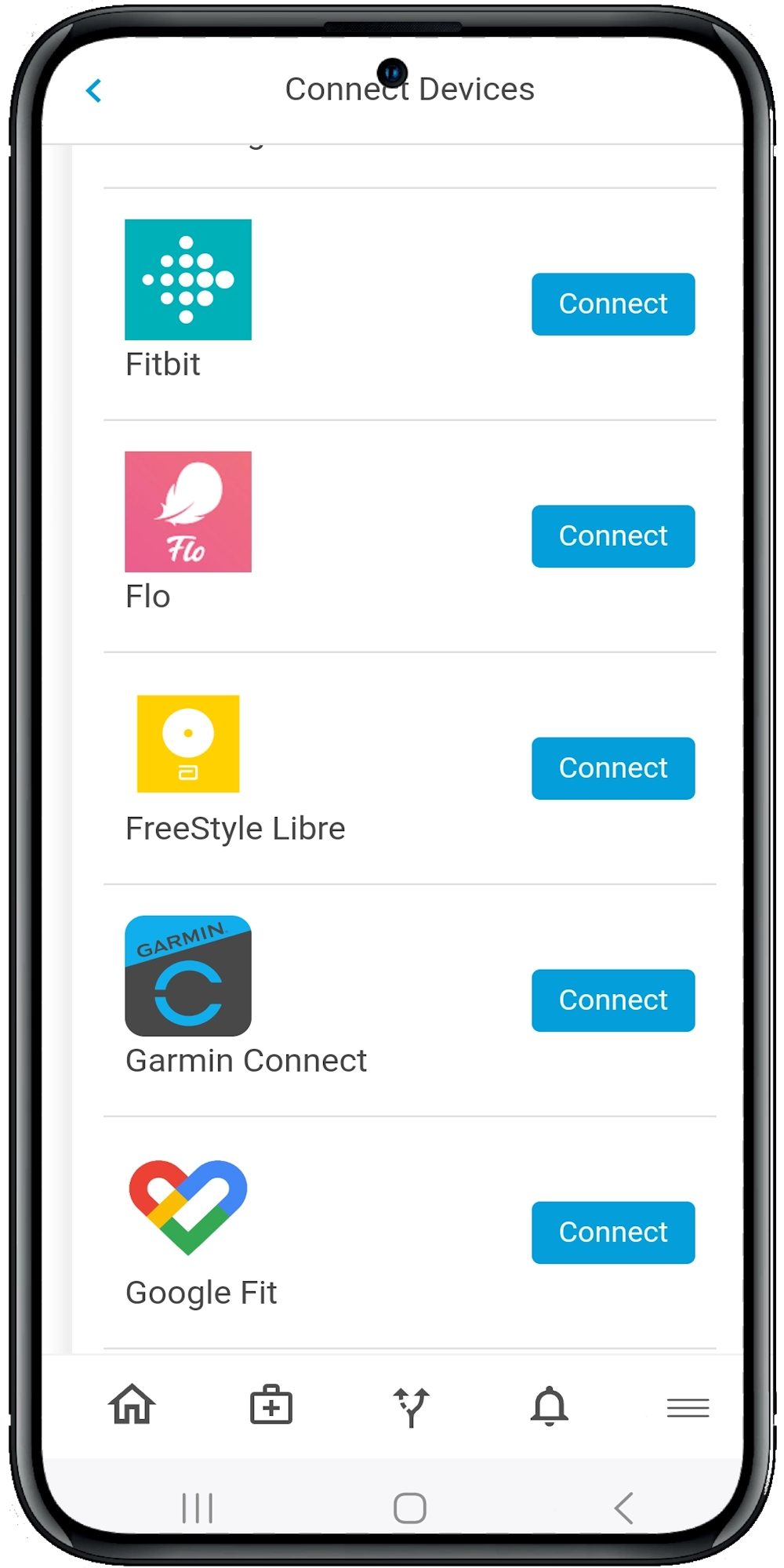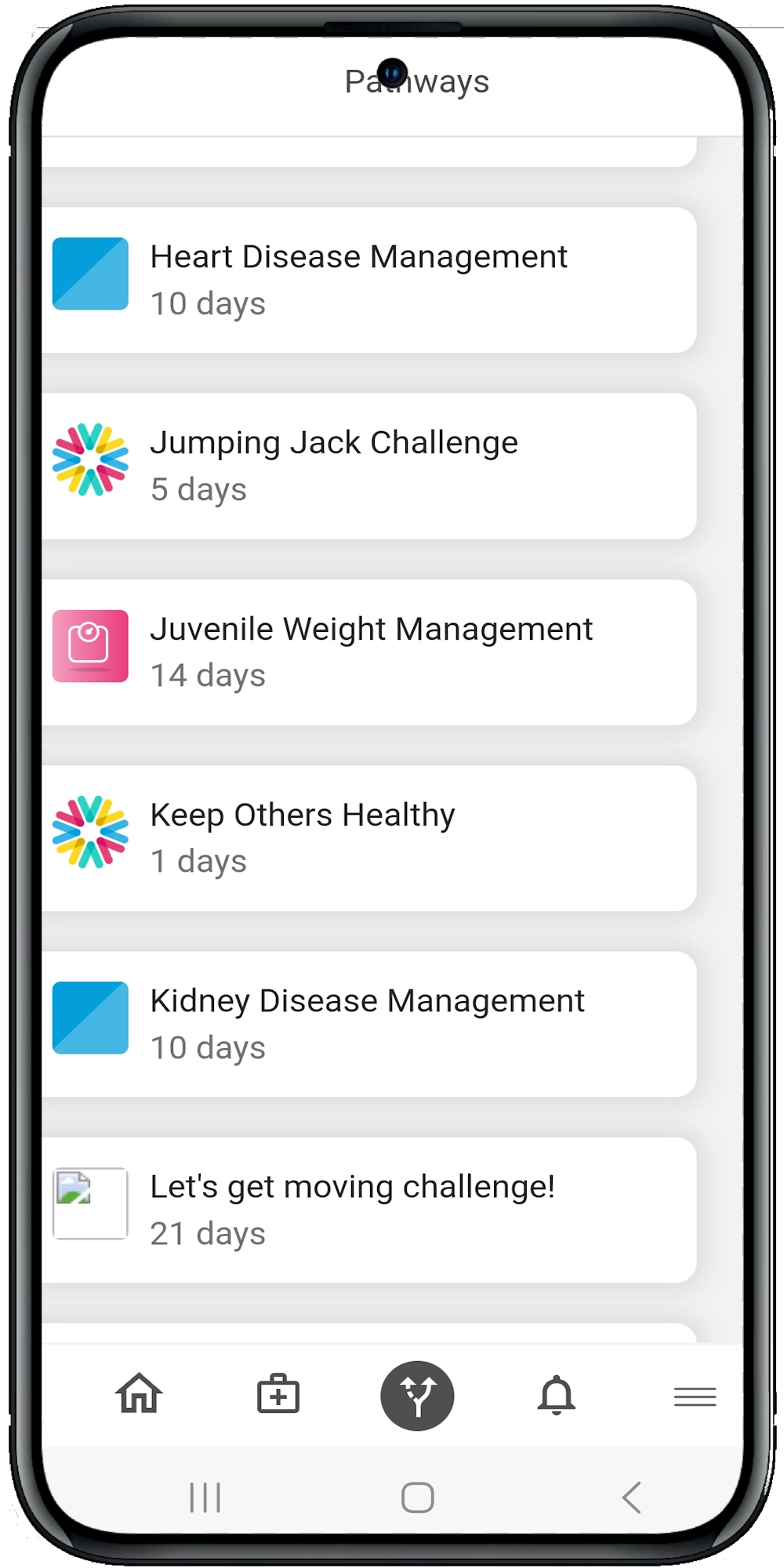How to Integrate Digital Health Tools into Chronic Depression Care Plans
Understanding Digital Health Tools
Before we delve into the integration process, it’s essential to understand what digital health tools entail. These tools encompass a wide range of technologies designed to improve healthcare delivery and patient outcomes. They include:
- Mobile Health Apps: Applications that offer mental health resources, mood tracking, and therapy exercises.
- Telemedicine Platforms: Systems that facilitate remote consultations and follow-ups.
- Wearable Devices: Gadgets that monitor physical activity, sleep patterns, and other health metrics.
- Electronic Health Records (EHRs): Digital versions of patients’ paper charts that provide real-time, patient-centered records.
The Benefits of Digital Health Tools in Chronic Depression Care
Why should you consider integrating digital health tools into your care plans? Here are some compelling reasons:
- Enhanced Patient Engagement: Digital tools empower patients to take an active role in their health management.
- Improved Monitoring: Continuous tracking of symptoms and behaviors can provide valuable insights.
- Convenience and Accessibility: Telemedicine and mobile apps make mental health services more accessible, especially for those in remote areas.
- Personalized Care: Data from digital tools can help tailor treatments to individual patient needs.
- Cost-Effectiveness: Reducing the need for in-person visits can lower healthcare costs.
Steps to Integrate Digital Health Tools
1. Assess Patient Needs and Preferences
Start by understanding your patients’ needs and preferences. Conduct surveys or interviews to gather information on their comfort level with technology, specific mental health challenges, and daily routines. This will help you select the most appropriate digital tools.
2. Choose the Right Tools
Not all digital health tools are created equal. Consider the following criteria when selecting tools:
- Ease of Use: Choose tools that are user-friendly and require minimal technical skills.
- Evidence-Based: Opt for tools that are backed by scientific research and clinical trials.
- Compatibility: Ensure the tools integrate seamlessly with your existing systems, such as EHRs.
- Security: Prioritize tools that comply with HIPAA regulations to protect patient privacy.
3. Educate and Train Patients
Introducing new technology can be daunting for some patients. Provide comprehensive training sessions to help them understand how to use the tools effectively. Use simple language, step-by-step guides, and offer ongoing support to address any issues they may encounter.
4. Monitor and Evaluate
Once the tools are in place, continuous monitoring is crucial. Use data analytics to track patient progress and identify any areas of concern. Regularly evaluate the effectiveness of the tools and make adjustments as needed.
5. Foster Collaboration
Encourage collaboration among healthcare providers. Use digital platforms to facilitate communication and information sharing between different members of the care team. This ensures a cohesive approach to patient care.
Practical Examples of Digital Health Tools in Action
To illustrate the impact of digital health tools, let’s explore some real-world examples:
- Mobile Health Apps: Apps like Moodpath and Headspace offer mood tracking, guided meditations, and cognitive-behavioral therapy (CBT) exercises. These tools can help patients manage their symptoms and provide valuable data for clinicians.
- Telemedicine Platforms: Services like Teladoc and Amwell allow patients to have virtual consultations with mental health professionals. This is particularly beneficial for those who have mobility issues or live in remote areas.
- Wearable Devices: Devices like Fitbit and Apple Watch can monitor physical activity and sleep patterns. Since physical health is closely linked to mental well-being, these metrics can provide insights into a patient’s overall health.
- Electronic Health Records (EHRs): Systems like Epic and Cerner enable seamless sharing of patient information among healthcare providers, ensuring that everyone involved in the patient’s care is on the same page.
Overcoming Challenges
Integrating digital health tools is not without its challenges. Here are some common obstacles and how to overcome them:
- Resistance to Change: Both patients and healthcare providers may be resistant to adopting new technologies. Address this by highlighting the benefits and providing ample training and support.
- Technical Issues: Technical glitches can hinder the effectiveness of digital tools. Ensure you have a reliable IT support team in place to address any issues promptly.
- Data Privacy Concerns: Patients may be wary of sharing their personal information digitally. Reassure them by choosing tools that comply with strict data privacy regulations and clearly communicating how their data will be used and protected.
The Future of Digital Health in Chronic Depression Care
The integration of digital health tools is not just a trend—it’s the future of healthcare. As technology continues to evolve, we can expect even more innovative solutions to emerge. Virtual reality therapy, artificial intelligence-driven diagnostics, and personalized treatment plans based on genetic data are just a few examples of what the future holds.
Summary and Suggestions
Integrating digital health tools into chronic depression care plans is like adding a powerful new tool to your medical toolbox. It enhances patient engagement, improves monitoring, and offers personalized care—all while being cost-effective. By embracing these tools, you can provide better care for your patients and navigate the labyrinth of chronic depression with greater ease and efficacy.

